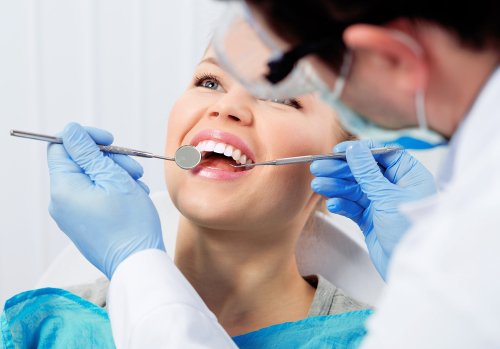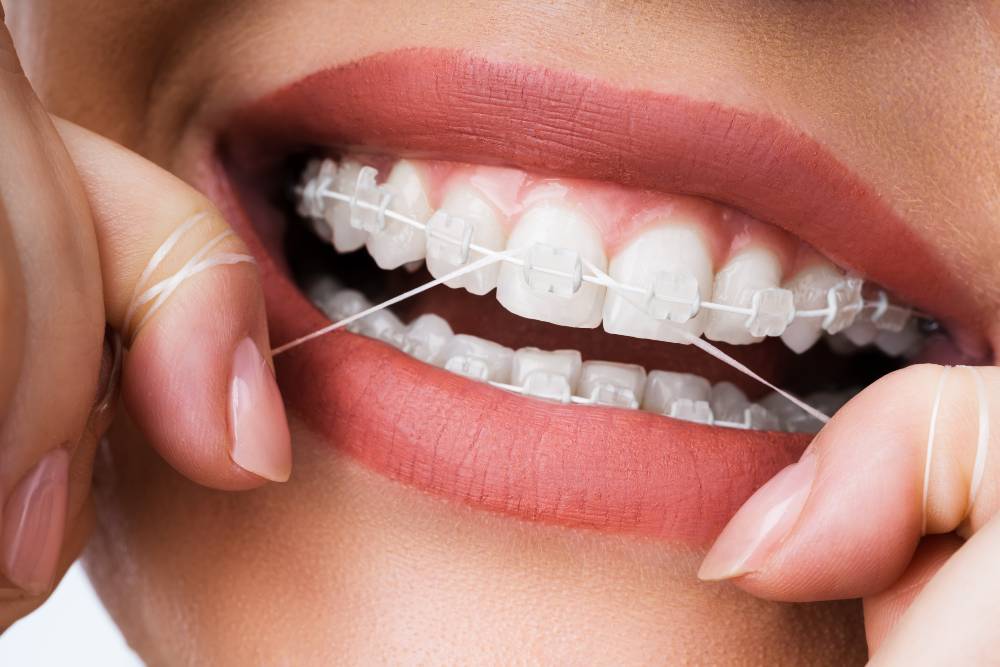The Ultimate Guide To Legacy Orthodontics
The Ultimate Guide To Legacy Orthodontics
Blog Article
The Only Guide for Legacy Orthodontics
Table of ContentsGetting My Legacy Orthodontics To WorkSome Known Details About Legacy Orthodontics Facts About Legacy Orthodontics Revealed5 Simple Techniques For Legacy OrthodonticsThe smart Trick of Legacy Orthodontics That Nobody is Discussing
At Advanced Orthodontics, we offer clients with a all natural treatment experience. Furthermore, we offer flexible therapy routines, versatile settlement options and a fun, pleasurable experience. leesburg orthodontics. Telephone call ( 480) 357-4900 today for additional information and routine a consultation.An orthodontist is a dental expert trained to diagnose, prevent, and deal with teeth and jaw abnormalities. Orthodontists function with individuals of all ages, from children to adults.
Malocclusion, or misaligned teeth, can result in oral problems, including dental cavity, gum tissue condition, and difficult or unpleasant eating. Not everybody is born with straight teeth. If you have a bad bite or large rooms in between your teeth, you may intend to seek advice from a dental professional concentrating on orthodontic care.
8 Easy Facts About Legacy Orthodontics Explained
( Picture Debt: DigitalVision/Getty Images) Orthodontists use repaired and removable oral devices, like dental braces, retainers, and bands, to transform the position of teeth in your mouth. Orthodontic therapy is for dental abnormalities, consisting of: Crooked teethBite problems, like an overbite or an underbiteCrowded teeth or teeth that are also much apartJaw misalignmentThe objective of orthodontic treatment is to boost your bite.
While you might believe of orthodontists as mostly for kids or teenagers who require dental braces, they can deal with oral troubles at any type of age. Orthodontists participate in college, dental college, and orthodontic institution.
All orthodontists are dental experts, but not all dental professionals are orthodontists. Orthodontic residency programs use extensive, focused instruction for dental specialists. They focus on two locations: Just how to appropriately and securely relocate teeth Exactly how to appropriately direct advancement in the teeth, jaw, and faceOnce an orthodontist has finished training, they have the choice to become board certified.
Our Legacy Orthodontics Ideas
Malocclusion leads to tooth congestion, a twisted jaw, or irregular bite patterns. Malocclusion is usually treated with: Your orthodontist connects steel, ceramic, or plastic square bonds to your teeth.
If you have only small malocclusion, you may have the ability to use clear braces, called aligners, instead of standard dental braces (https://disqus.com/by/legacyortho/about/). Some people require a headwear to help relocate teeth right into line with stress from outside the mouth. After braces or aligners, you'll need to wear a retainer. A retainer is a custom-made tool that keeps your teeth in area.
They're frequently used on kids. They can produce extra space in the mouth without having to draw teeth. If you have a major underbite or overbite, you may need orthognathic surgical procedure (likewise called orthodontic surgical procedure) to extend or reduce your jaw. Orthodontists use cords, surgical screws, or plates to sustain your jaw bone.
You might need to see an orthodontist if you have: Crowding or not adequate space for all of your teethOverbite, when your top teeth come by your base teethUnderbite, when your bottom teeth are too much forwardSpacing or concerns with gapsCrossbite, which is when your upper teeth fit behind your bottom teeth when your mouth is closedOpen bite or an upright void in between your front base and upper teethMisplaced midline, when the center of your bottom and top teeth do not align Correcting a dental malocclusion can: Make biting, chewing, and speaking easierImprove the proportion of our face and your overall appearanceEase pain from temporomandibular joint conditionsDifferent your teeth and make them much easier to clean, aiding protect against dental cavity or dental caries It's often a dentist that initially notifications misaligned teeth during a routine exam.
Getting The Legacy Orthodontics To Work

Throughout your very first orthodontic appointment, you'll likely have: A dental examPhotos taken of your face and smileDental X-raysPanoramic (360 level) X-rays of your face and headImpressions to develop molds of your teethThese examinations will help your orthodontist understand exactly how to wage your treatment. orthodontist. An orthodontist is a dental practitioner that's had training to treat your teeth and jaw
An orthodontist is concentrated on your bite, so something like a chipped tooth would be dealt with by a dentist. Orthodontists are focused on your bite, or the way your teeth fit together, and the straightness of your teeth.
Ever before asked yourself just how celebrities always seem to have flawlessly straightened teeth? Orthodontists are dental professionals who focus on remedying abnormalities in the teeth and jaws.
Legacy Orthodontics Things To Know Before You Get This

, orthodontists have a diverse toolkit at their disposal. These reliable dental braces use a system of braces bound to the teeth and linked by cords.
Clear aligners, like Invisalign, are a preferred option for individuals looking for a much more discreet therapy choice. These detachable trays are personalized to considerably shift the teeth's placement. Headwear may be used together with dental braces or aligners to apply extra targeted pressures, especially for correcting jaw discrepancies. In cases of slim jaws, palatal expanders can be more utilized to create space for proper tooth placement.
Report this page